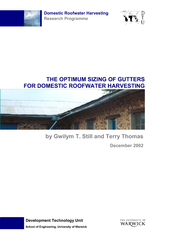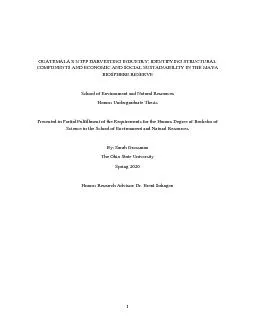PDF-Domestic Roofwater Harvesting Research Programme
Author : stefany-barnette | Published Date : 2015-08-03
Development Technology Unit School of Engineering University of Warwick THE OPTIMUM SIZING OF GUTTERS FOR DOMESTIC ROOFWATER HARVESTING by Gwilym T Still and Terry
Presentation Embed Code
Download Presentation
Download Presentation The PPT/PDF document "Domestic Roofwater Harvesting Research P..." is the property of its rightful owner. Permission is granted to download and print the materials on this website for personal, non-commercial use only, and to display it on your personal computer provided you do not modify the materials and that you retain all copyright notices contained in the materials. By downloading content from our website, you accept the terms of this agreement.
Domestic Roofwater Harvesting Research Programme: Transcript
Download Rules Of Document
"Domestic Roofwater Harvesting Research Programme"The content belongs to its owner. You may download and print it for personal use, without modification, and keep all copyright notices. By downloading, you agree to these terms.
Related Documents














